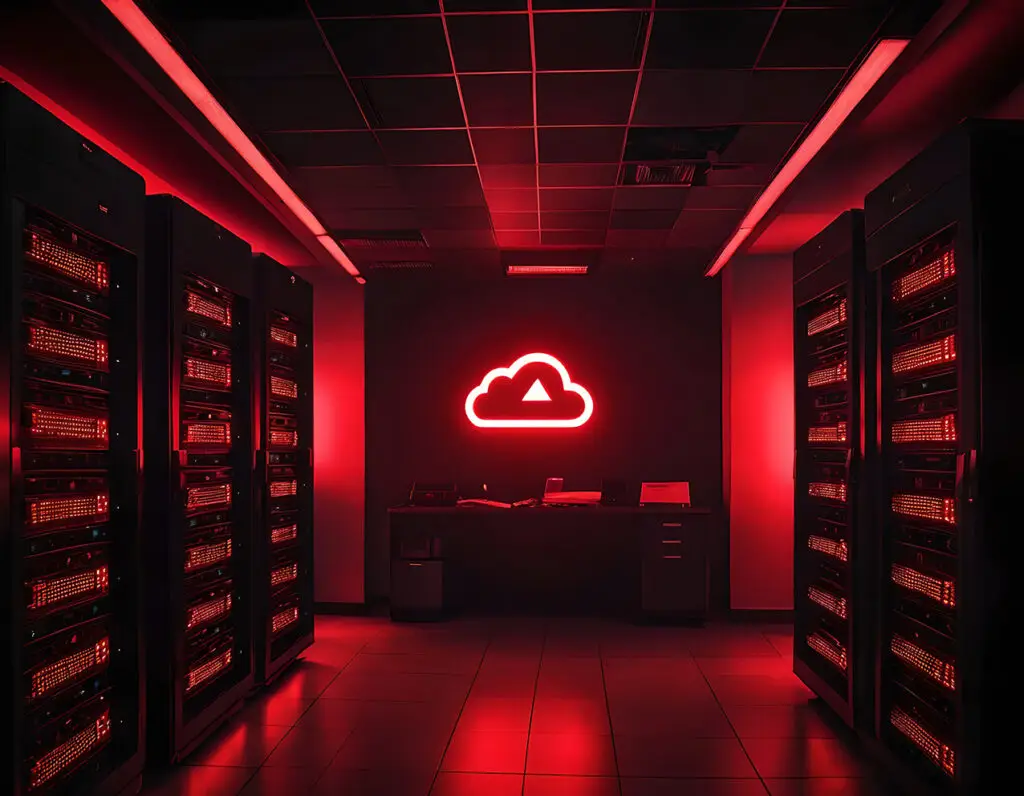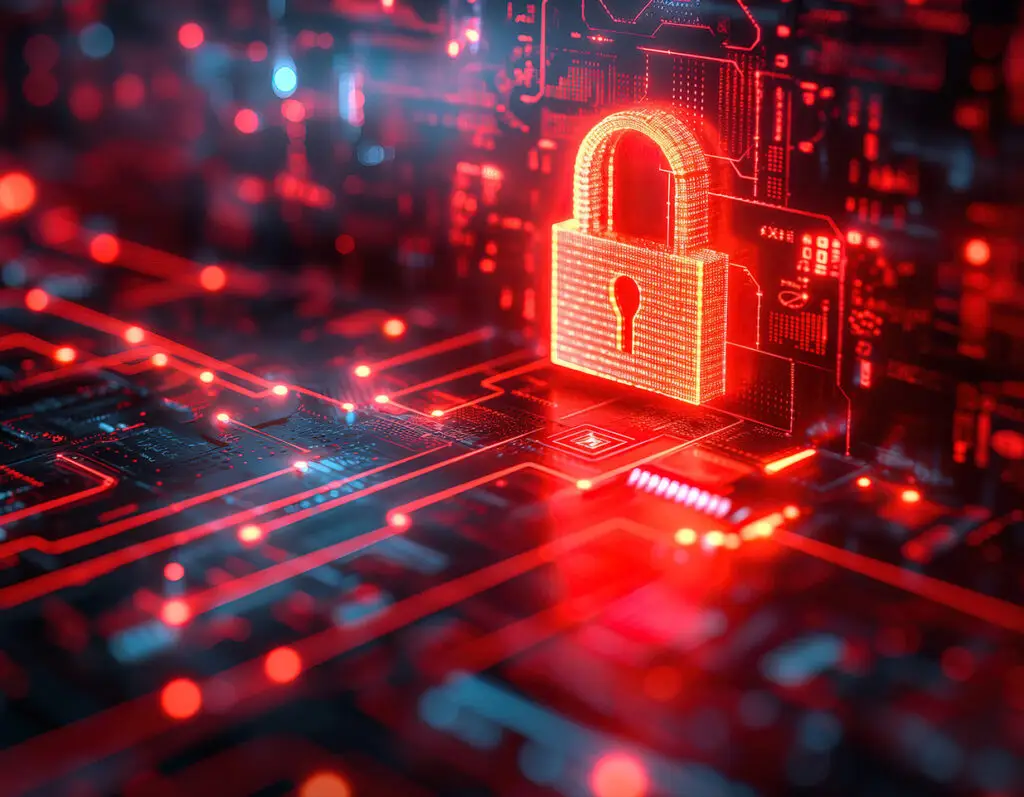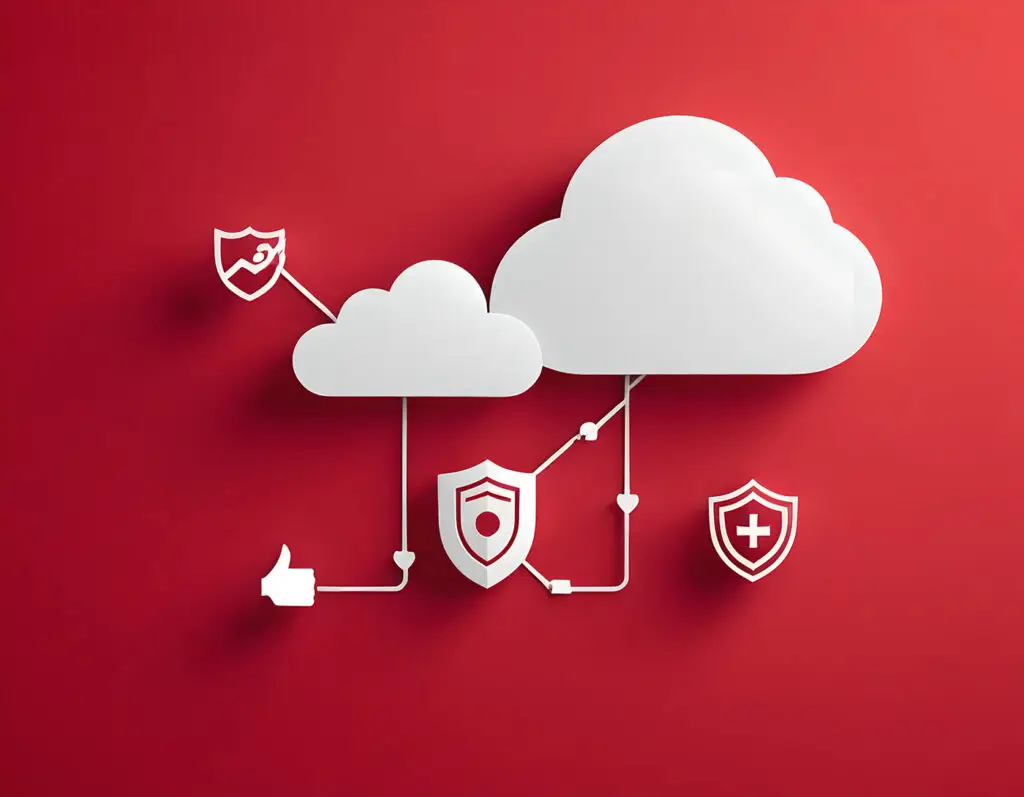The end of the moat principle
For a long time, the so-called moat principle applied in IT security: a strong firewall protects the company network from the outside, and everything inside is automatically considered trustworthy.
But those days are over.
Employees work from anywhere, applications run in the cloud, mobile devices access company resources from outside. The old model is no longer suitable for this.
The answer is Zero Trust Networking.
What does Zero Trust mean?
Zero Trust means:
No user or device is automatically classified as trustworthy - not even in the internal network.
The central principle is:
"Never trust, always check."
In concrete terms, this means:
-
Every access is authenticated - e.g. with single sign-on and multi-factor authentication (MFA)
-
Devices must fulfill security guidelines (current patch level, virus protection, etc.)
-
Access rights follow the principle of least privilege - everyone only gets the authorizations they really need
The advantage: even in the event of a security incident, an attacker cannot move freely around the network. This limits the damage.
Why Zero Trust is indispensable today
Zero Trust provides a significantly higher level of security, especially in distributed and cloud-based IT environments.
However, it is important for decision-makers:
Zero Trust is not a switch that you simply flip - it is a strategic process. Existing networks must be analyzed and gradually transferred to the new model.
zScaler & Cloudflare One: Two paths to Zero Trust
How do you put Zero Trust into practice? Two leading platforms show how it's done:
1. zScaler
-
Provides a global security network from the cloud
-
Connections no longer run via classic VPNs, but rather specifically to individual applications
-
Access only after strict identity and device verification
-
No blanket access to the internal network - this significantly reduces attack surfaces
2. cloudflare One
-
Combines identity verification, device verification and secure network access
-
Employees log in via Cloudflare, devices are checked automatically
-
Access to internal applications without a direct tunnel into the company network
-
Integrates additional security functions: e.g. DNS filter, web isolation, access logging
Both solutions offer security as a service - they are scalable, up-to-date, cloud-based and take the pressure off internal IT teams.
Challenges during implementation
Technical implementation is only one part - cultural change within the company is also crucial:
-
Employees and admins have to get used to new processes
-
Legacy systems could initially cause problems
-
Performance and usability must be tested and optimized
Recommendation:
Gradual changeover - start with less critical applications, then expand.
Open communication is important:
Zero Trust does not mean mistrust of employees, but protection against modern threats. Those who understand this will accept the measures more easily.
Tip for decision-makers: Schedule regular penetration tests and success checks to ensure that the new security model really works.
Conclusion: Zero Trust is the new standard
Zero Trust Networking is not a trend, but the logical response to the digital working world.
Platforms such as zScaler and Cloudflare One show that implementation is already possible today and has been tried and tested in practice.
Ask yourself as a decision-maker:
-
Where are we still using the old security model?
-
Which systems could we convert to Zero Trust?
Bonus effect:
Cyber insurance companies also reward Zero Trust - because it demonstrably reduces the risk for your company.
Outlook: Log management & SIEM
In the last part of our series (Part 6), we show how you can use log management and SIEM to detect attacks at an early stage - before damage occurs. Because even with Zero Trust, there is no such thing as 100% security. But you can be very well prepared.



